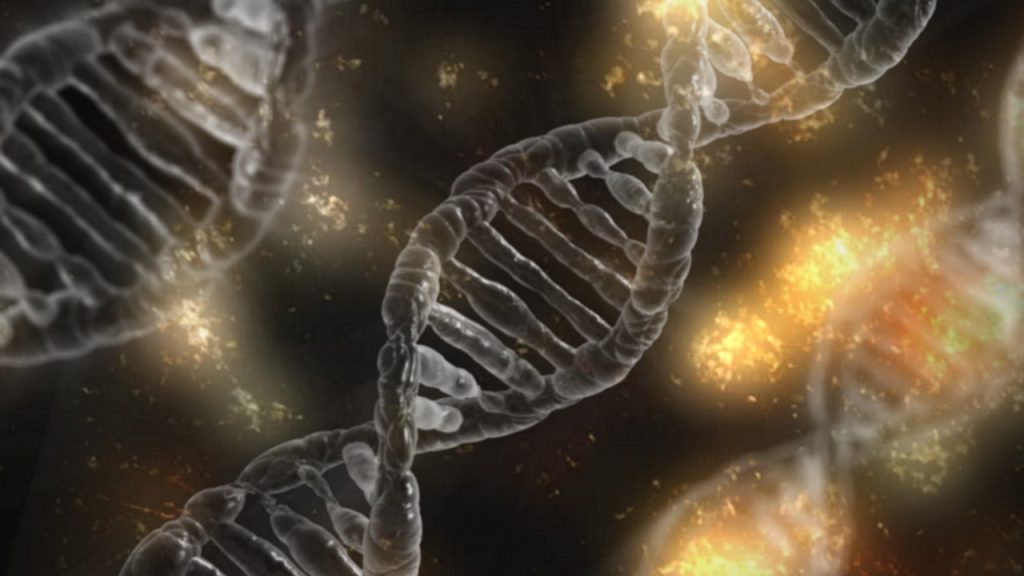
What is Kallmann Syndrome?
Kallmann syndrome is a genetic condition characterized by an impaired sense of smell and delayed or incomplete puberty. Neurons that stimulate the hypothalamus are underdeveloped in Kallman syndrome. Without this neural input, the hypothalamus is unable to signal the release of certain hormones by the pituitary gland.
In normal development, the hypothalamus secrets gonadotropin-releasing hormone (GnRH) in a pulsatile or burst-like manner. GnRH then triggers the pituitary to release hormones related to male and female sexual function through stimulation of the gonads; testes and ovaries.
GnRH is not released in these bursts in utero, throughout infancy, and at puberty. The part of the hypothalamus that produces GnRH originally forms as part of the nose during the early stages of embryo development. That part migrates and eventually becomes part of the hypothalamus. This part does not develop in Kallmann syndrome explaining the impaired sense of smell, or anosmia.
There is another genetic condition similar to Kallmann syndrome (KS) but in which there is a normal sense of smell. This condition is called normosmic idiopathic hypogonadotropic hypogonadism (nIHH). There are different gene mutations that cause both conditions and there are different patterns of inheritance.
How Rare or Common is Kallmann Syndrome?
Kallmann syndrome is more common in males than females. It affects 1 out of every 8,000 males and 1 out of 40,000 females. So it is a condition that many have never heard of, yet relatively common in males.
What Genes Causes Kallmann Syndrome?
There are several genetic mutations of different types of inheritance that cause KS.
- Sex-linked inheritance: KAL1 (Xp22.32)
- Autosomal dominant inheritance: FGFR1 (8p12), FGF8 (10q25-q26), CHD7 (8q12.2), and SOX10 (22q13.1)
- Autosomal recessive inheritance: PROKR2 (20p12.3), and PROK2 (3p21.1)
What Are The Signs and Symptoms of Kallmann Syndrome?
Delayed or incomplete puberty and impaired sense of smell are the key features of Kallmann syndrome. While both features are present from birth, the condition many times is not diagnosed until a work-up for delayed puberty is undertaken.
Below are additional signs and symptoms of this genetic disorder:
- Undescended or partially descended testicles
- Small penis
- Facial defects like cleft lip or palate
- Short finger or toes
- Development of one kidney
- Hearing loss
- Abnormal teeth development
- Color blindness and abnormal eye movements
- Mirror hand movements where movements of the hand are mirrored by movements of the other (bimanual synkinesis)
Why does Kallmann Syndrome have anosmia?
Anosmia is a lack of a sense of smell. We have become more aware of anosmia during the COVID 19 pandemic as a loss of smell-related COVID is a relatively frequent symptom. Anosmia accompanied by delayed puberty should alert one to the possibility of Kallmann syndrome.
Why would anosmia and delay in puberty be associated with one another?
It just so happens that the part of the brain that controls smell and the part of the brain that controls the stimulation of puberty which occurs in the hypothalamus is located very close to each other. During fetal development, any problem with the olfactory bulb which controls smell can affect the part of the hypothalamus responsible for initiating puberty.
How is Kallmann syndrome diagnosed?
The presence of anosmia and delayed puberty should alert doctors and possibly even parents that Kallmann syndrome may be present in a child. Thus, the diagnosis is largely determined by observation and clinical findings. If Kallmann syndrome is suspected it can be confirmed by checking hormone levels. Such tests include testosterone levels (free and total levels), GnRH (gonadotropin-releasing hormone), sex hormone-binding globulin (SHBG), serum FSH and LH levels, and serum prolactin levels.
In addition, genetic testing can be done to separate Kallmann syndrome from another similar condition called Klinefelter syndrome. In Klinefelter syndrome, the individual has two X chromosomes and one Y chromosome rather than one of each in normal males.
Also, an MRI of the brain can be obtained to differentiate Kallmann syndrome from hypogonadism related to a tumor of the pituitary gland.
How is Kallmann Syndrome Treated?
Individuals with Kallmann syndrome have an inadequate development of secondary sexual characteristics when they reach puberty, resulting in infertility during adulthood. Addressing these issues is the focus of treatment.
Hormone replacement is used to treat Kallmann syndrome. The goal of such treatment is to achieve pubertal masculinization or pubertal feminization – the development and maintenance of secondary sex characteristics such as body hair growth, deepening of the voice, and bone and muscle development in males, or breast development and menstruation in females.
Treatment is lifelong.
If Kallman syndrome patients desire children, the focus of the hormone treatment is changed with the goal of restoring fertility. Intrauterine insemination and in vitro fertilization are viable options if hormone treatment is not successful.
There is a Kallmann syndrome support group that can be found at this link.
